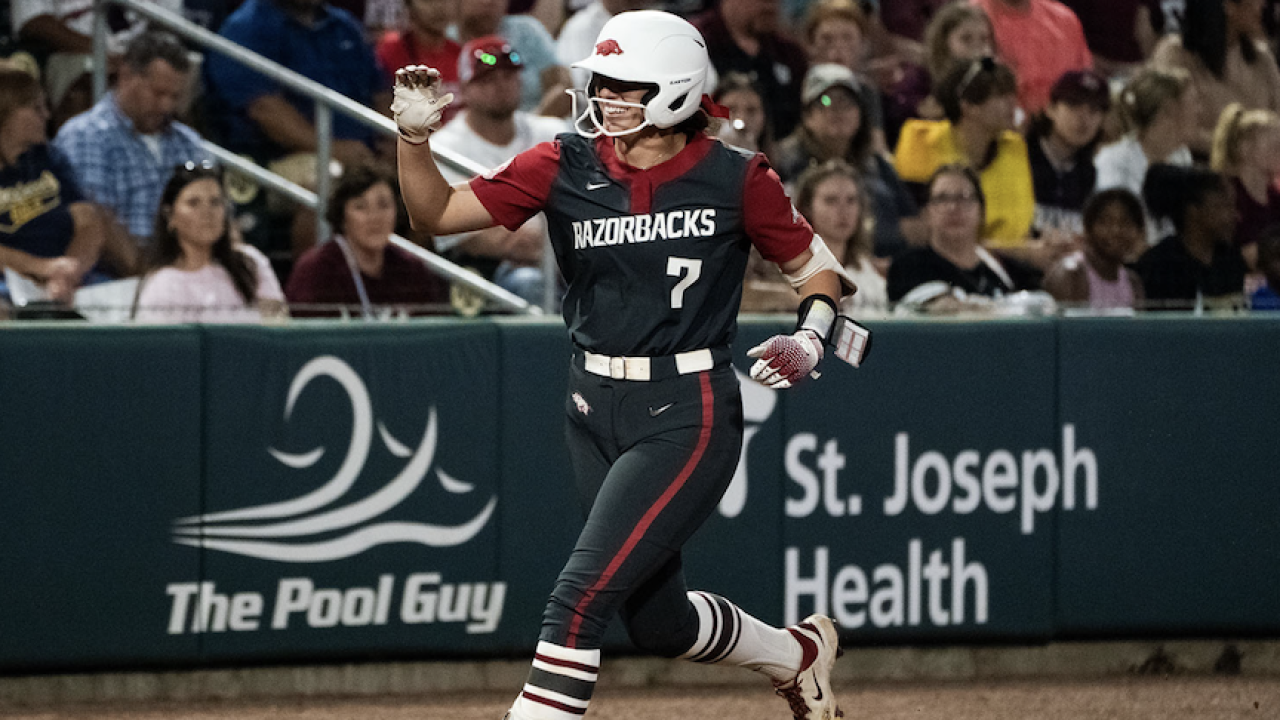From Tongue To Technology: How Taste Can Now Be Recorded And Replicated

Welcome to your ultimate source for breaking news, trending updates, and in-depth stories from around the world. Whether it's politics, technology, entertainment, sports, or lifestyle, we bring you real-time updates that keep you informed and ahead of the curve.
Our team works tirelessly to ensure you never miss a moment. From the latest developments in global events to the most talked-about topics on social media, our news platform is designed to deliver accurate and timely information, all in one place.
Stay in the know and join thousands of readers who trust us for reliable, up-to-date content. Explore our expertly curated articles and dive deeper into the stories that matter to you. Visit NewsOneSMADCSTDO now and be part of the conversation. Don't miss out on the headlines that shape our world!
Table of Contents
From Tongue to Technology: How Taste Can Now Be Recorded and Replicated
The world of gastronomy is undergoing a revolution, moving beyond the subjective realm of individual palates and into the objective sphere of data and technology. For centuries, describing taste has relied on subjective terms like "delicious" or "tangy." But now, scientists and engineers are developing groundbreaking technologies capable of recording and even replicating taste profiles with unprecedented accuracy. This leap from tongue to technology opens exciting new possibilities in food science, culinary arts, and even healthcare.
Decoding the Language of Taste:
Our perception of taste is complex, involving a symphony of sensory inputs beyond the five basic tastes (sweet, sour, salty, bitter, and umami). Texture, temperature, aroma, and even visual presentation all contribute to our overall gustatory experience. Capturing this complexity is the key challenge for taste recording technologies.
Current methods employ various approaches:
- Electronic Tongues: These devices utilize arrays of sensors that react to different chemical compounds in food, creating a unique "fingerprint" of the taste profile. Think of it as a sophisticated chemical analysis translated into a digital code.
- Gas Chromatography-Mass Spectrometry (GC-MS): This established technique analyzes the volatile organic compounds (VOCs) responsible for aroma, a crucial element of taste perception. By profiling the VOCs, researchers can create a detailed aroma map of a food product.
- Machine Learning Algorithms: These algorithms are trained on vast datasets of taste profiles and sensory evaluations, enabling them to predict and even recreate taste experiences based on chemical and sensory data.
Replicating Taste: The Next Frontier:
The ability to record taste is only half the battle. The real innovation lies in replicating those taste experiences. While perfectly replicating the complexity of a gourmet meal remains a distant goal, significant progress is being made:
- 3D-printed Food: This technology allows for precise control over texture and ingredient placement, opening possibilities for creating foods with customized taste profiles.
- Flavor Enhancers and Modifiers: Scientists are developing innovative flavor compounds and techniques to enhance existing tastes or create entirely new ones.
- Personalized Nutrition: By understanding individual taste preferences and nutritional needs, researchers aim to develop personalized food products that are both delicious and healthy.
Applications Beyond the Kitchen:
The implications of taste recording and replication extend far beyond culinary applications:
- Food Quality Control: Ensuring consistent taste and quality in mass-produced food.
- Healthcare: Developing customized nutritional therapies for patients with dietary restrictions or specific health conditions.
- Food Safety: Identifying potential contaminants or adulterants through taste profile analysis.
Challenges and the Future of Taste Technology:
While promising, the field faces significant challenges:
- Subjectivity of Taste: Individual taste preferences vary widely, making the creation of universally appealing replicated tastes difficult.
- Complexity of Sensory Input: Replicating the full sensory experience beyond just taste remains a complex undertaking.
- Ethical Considerations: The potential for misuse of taste replication technology, such as creating highly addictive foods, requires careful consideration.
Despite these hurdles, the future of taste technology is bright. As research progresses and technology advances, we can expect to see increasingly sophisticated methods for recording, understanding, and even recreating the complex world of taste. The journey from tongue to technology promises to revolutionize how we experience and interact with food, leading to a future where personalized, delicious, and healthy eating is within everyone's reach.

Thank you for visiting our website, your trusted source for the latest updates and in-depth coverage on From Tongue To Technology: How Taste Can Now Be Recorded And Replicated. We're committed to keeping you informed with timely and accurate information to meet your curiosity and needs.
If you have any questions, suggestions, or feedback, we'd love to hear from you. Your insights are valuable to us and help us improve to serve you better. Feel free to reach out through our contact page.
Don't forget to bookmark our website and check back regularly for the latest headlines and trending topics. See you next time, and thank you for being part of our growing community!
Featured Posts
-
 Haney Vs Ramirez Benn Predicts Upset Claims Haney Mentally Vulnerable
May 03, 2025
Haney Vs Ramirez Benn Predicts Upset Claims Haney Mentally Vulnerable
May 03, 2025 -
 Cerundolo Vs Ruud Analisis Del Crucial Enfrentamiento En Madrid
May 03, 2025
Cerundolo Vs Ruud Analisis Del Crucial Enfrentamiento En Madrid
May 03, 2025 -
 Surprise Wwe Releases Jakara Jackson And Gallus Depart
May 03, 2025
Surprise Wwe Releases Jakara Jackson And Gallus Depart
May 03, 2025 -
 Worldcoin Wld Price Analysis Will 1 Support Hold
May 03, 2025
Worldcoin Wld Price Analysis Will 1 Support Hold
May 03, 2025 -
 Singapores Next Election Assessing The Risk Of Pap Seat Losses And The Path To A Balanced Parliament
May 03, 2025
Singapores Next Election Assessing The Risk Of Pap Seat Losses And The Path To A Balanced Parliament
May 03, 2025
Latest Posts
-
 College Softball Power Rankings Oklahoma Arkansas Claim Top Spots
May 03, 2025
College Softball Power Rankings Oklahoma Arkansas Claim Top Spots
May 03, 2025 -
 Australias Election 2024 The Donald Trump Factor
May 03, 2025
Australias Election 2024 The Donald Trump Factor
May 03, 2025 -
 Dicas Para Aproveitar Casas De Praia E Campo Sem Comprar Aluguel Por Temporada E Outras Opcoes
May 03, 2025
Dicas Para Aproveitar Casas De Praia E Campo Sem Comprar Aluguel Por Temporada E Outras Opcoes
May 03, 2025 -
 The Impact Of Prime Videos Expanded Shop The Show On Original Programming
May 03, 2025
The Impact Of Prime Videos Expanded Shop The Show On Original Programming
May 03, 2025 -
 Economize E Desfrute Guia Pratico De Aluguel De Casas De Praia E Campo
May 03, 2025
Economize E Desfrute Guia Pratico De Aluguel De Casas De Praia E Campo
May 03, 2025
